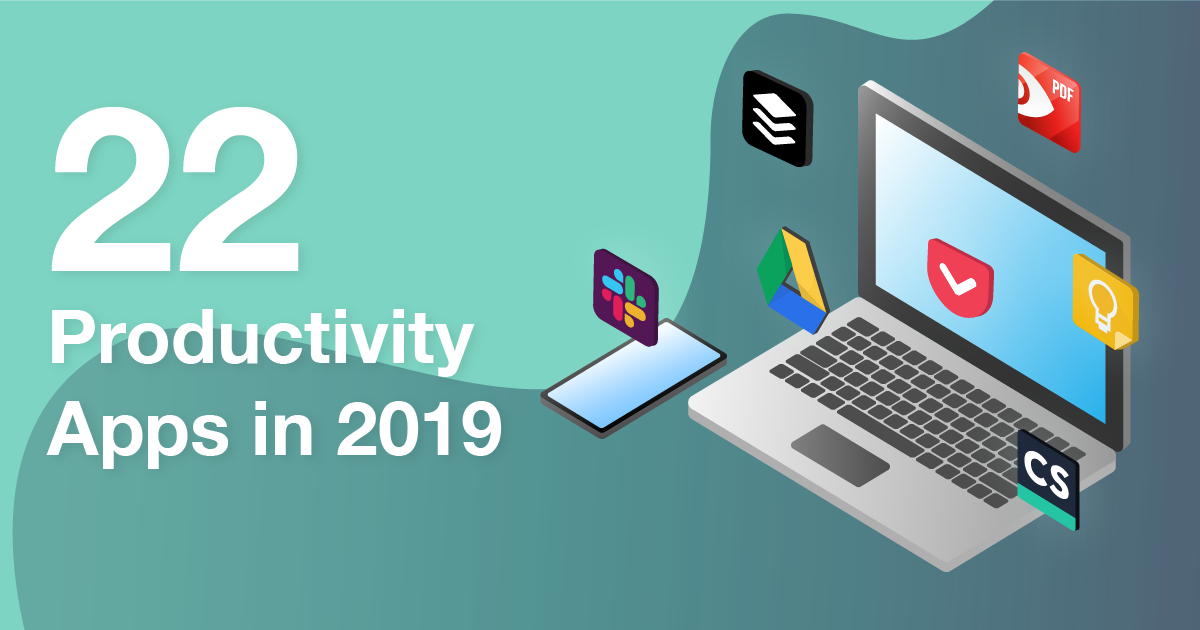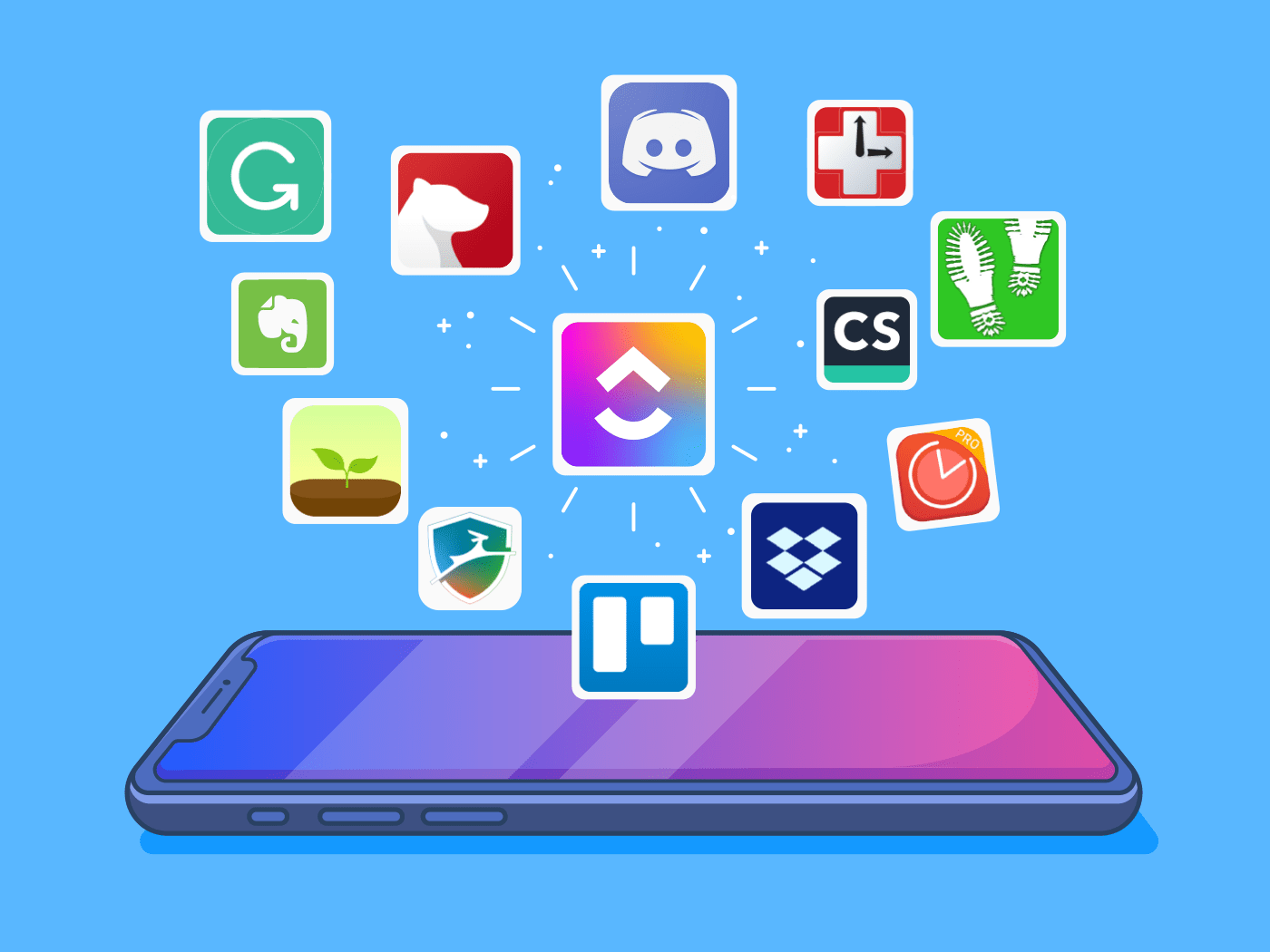As Best productivity apps for automation takes center stage, this opening passage beckons readers into a world crafted with good knowledge, ensuring a reading experience that is both absorbing and distinctly original. The content of the second paragraph provides descriptive and clear information about the topic.
Introduction

Productivity apps are software tools designed to help individuals and teams manage their time, tasks, and projects more efficiently. Automation is a key feature of many productivity apps, allowing users to automate repetitive tasks and streamline their workflows.
This article explores the best productivity apps for automation, providing a comprehensive overview of their features, benefits, and use cases. By leveraging these apps, individuals and teams can enhance their productivity, save time, and focus on more strategic initiatives.
Benefits of Productivity Apps for Automation
- Reduced manual labor:Automation eliminates the need for manual, repetitive tasks, freeing up time for more valuable activities.
- Increased efficiency:Automated workflows improve efficiency by streamlining processes and reducing errors.
- Improved accuracy:Automation eliminates human error, ensuring tasks are completed accurately and consistently.
- Enhanced collaboration:Productivity apps facilitate collaboration by providing shared workspaces and communication tools.
- Better decision-making:Automated data collection and analysis provide insights for informed decision-making.
Criteria for Selecting the Best Productivity Apps for Automation
Selecting the right productivity apps for automation requires careful consideration of various factors. These criteria help ensure that the chosen apps align with your specific needs and optimize your workflow.
Key criteria to evaluate include:
Integration Capabilities
Consider the app’s ability to integrate with other software and platforms you use. Seamless integration enables data sharing, task automation, and a streamlined workflow across multiple tools.
Automation Features
Evaluate the app’s automation capabilities, including the types of tasks it can automate, the level of customization it offers, and the ease of setting up automated workflows.
User Interface and Ease of Use, Best productivity apps for automation
Choose apps with a user-friendly interface that makes it easy to navigate, configure, and use. Intuitive design and clear documentation are essential for seamless adoption and efficient workflow.
Pricing and Value
Consider the app’s pricing model and its value proposition. Determine if the cost aligns with the features offered, the potential productivity gains, and the overall impact on your business.
Top Productivity Apps for Automation
In today’s fast-paced business environment, it’s essential to find ways to automate tasks and streamline workflows. Productivity apps for automation can help you save time, reduce errors, and improve efficiency. In this section, we’ll explore some of the top productivity apps for automation and discuss their features, benefits, and pricing.
Top Productivity Apps for Automation
The following table provides an overview of the top productivity apps for automation, including their key features, benefits, and pricing:
| App Name | Features | Benefits | Pricing |
|---|---|---|---|
| Zapier |
|
|
|
| IFTTT |
|
|
|
| Microsoft Power Automate |
|
|
|
| Automate.io |
|
|
|
| Tray.io |
|
|
|
Use Cases and Examples of Automation

Productivity apps can be used to automate a wide range of tasks, from simple to complex. Here are a few examples:
In the healthcare industry, productivity apps can be used to automate tasks such as:
- Scheduling appointments
- Sending reminders to patients
- Processing insurance claims
These tasks can be time-consuming and error-prone when done manually. However, productivity apps can automate these tasks, freeing up healthcare professionals to focus on more important tasks.
In the education industry
Productivity apps can be used to automate tasks such as:
- Grading assignments
- Providing feedback to students
- Tracking student progress
These tasks can be time-consuming and repetitive. However, productivity apps can automate these tasks, freeing up teachers to focus on more important tasks, such as providing individualized instruction to students.
Tips for Implementing Productivity Apps for Automation

Effectively implementing productivity apps for automation requires a strategic approach. Here are some essential tips to help you get started:
Identify suitable tasks for automation: Begin by analyzing your workflows and identifying repetitive, time-consuming tasks that can be automated. Consider tasks that follow a predictable pattern and require minimal human intervention.
Setting up and Configuring Automation Workflows
- Establish clear automation rules: Define the triggers and actions for each automation workflow. Ensure the rules are specific and tailored to your specific requirements.
- Test and refine automation workflows: Thoroughly test your automation workflows before implementing them. This helps identify and resolve any potential issues or errors.
- Monitor and optimize automation processes: Regularly review the performance of your automation workflows. Monitor key metrics, such as time savings and error reduction, to identify areas for improvement and optimization.
Conclusion: Best Productivity Apps For Automation
In conclusion, productivity apps for automation can significantly enhance productivity by streamlining repetitive tasks, optimizing workflows, and eliminating manual errors. By implementing these apps, businesses and individuals can free up time, reduce costs, and improve efficiency.
The benefits of using productivity apps for automation are numerous. They include increased productivity, improved accuracy, reduced costs, and enhanced collaboration. These apps empower users to automate mundane tasks, allowing them to focus on more strategic and creative endeavors.
We encourage readers to explore the various productivity apps for automation available and implement them within their workflows. By leveraging these tools, you can unlock the full potential of automation and dramatically enhance your productivity.
Last Point

The concluding paragraph provides a summary and last thoughts in an engaging manner.
Detailed FAQs
What are the key criteria for selecting the best productivity apps for automation?
Key criteria include integration capabilities, automation features, user interface and ease of use, and pricing and value.
What are some examples of how productivity apps can be used to automate tasks?
Examples include sending automated emails, scheduling social media posts, and generating reports.
What are some tips for effectively implementing productivity apps for automation?
Tips include identifying suitable tasks for automation, setting up and configuring automation workflows, and monitoring and optimizing automation processes.
